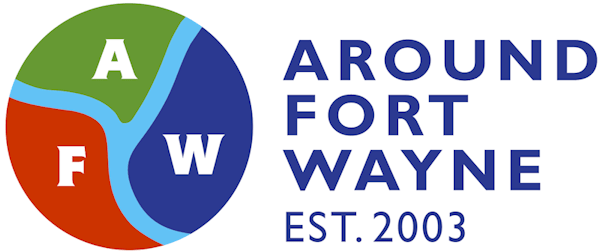![]()
News release from the American Heart Association:
May is American Stroke Month
Americans urged to protect themselves from nation’s No. 4 killer.
(April 30, 2013) – About 795,000 Americans suffer a new or recurrent stroke each year–which means a stroke, occurs every 40 seconds on average. About 610,000 of these are first or new strokes and an estimated 185,000 people who survive a stroke go on to have another in their lifetime.
American Stroke Month takes place every May to encourage people to familiarize themselves with the risk factors associated with stroke, recognize the warning signs and symptoms, and dial 9-1-1 immediately on first signs of a stroke so that the devastating effects of stroke can be reduced.
More than a third of stroke patients don’t get to the hospital by ambulance, even though that’s the fastest way to get there, according to new research in Circulation: Cardiovascular Quality and Outcomes, an American Heart Association journal.
Researchers studied records on more than 204,000 stroke patients arriving at emergency rooms at 1,563 hospitals participating in the American Heart Association/American Stroke Association’s Get With The Guidelines®-Stroke quality improvement program in 2003-10.
Emergency medical services (EMS) transported 63.7 percent of the patients, with the rest arriving in various other ways, researchers said.
During a stoke emergency, quick treatment is critical. EMS transported 79 percent of those who got to the hospital within two hours of the start of their symptoms. That resulted in earlier arrival, quicker evaluation and faster treatment, said the researchers who found:
- Almost 61 percent of people transported by EMS got to the hospital within three hours of the first symptoms, compared to 40 percent who didn’t use EMS;
- Almost 55 percent using EMS had a brain scan within 25 minutes of hospital arrival, compared to 35.6 percent who didn’t use EMS;
- Of patients eligible for a clot-busting drug, 67.3 percent using EMS received it within three hours of symptom onset, compared to 44.1 percent who didn’t use EMS.
A stroke occurs when blood flow to a part of the brain stops. When that happens, brain cells begin to die, causing brain damage.
Warning signs for stroke are:
- Sudden numbness or weakness of the face, arm or leg, especially on one side of the body;
- Sudden confusion, trouble speaking or understanding;
- Sudden trouble seeing in one or both eyes;
- Sudden trouble walking, dizziness, loss of balance or coordination;
- And sudden, severe headache with no known cause.
The American Heart Association/American Stroke Association’s Together to End Stroke, sponsored nationally by healthcare products leader Covidien, raises stroke awareness and educates Americans that stroke is largely preventable, treatable and beatable. The campaign now includes a free mobile app that highlights the acronym F.A.S.T. to help people recognize a stroke:
- Face Drooping – Does one side of the face droop or is it numb? Ask the person to smile.
- Arm Weakness – Is one arm weak or numb? Ask the person to raise both arms. Does one arm drift downward?
- Speech Difficulty – Is speech slurred, are they unable to speak, or are they hard to understand? Ask the person to repeat a simple sentence, like “The sky is blue.” Is the sentence repeated correctly?
- Time to call 9-1-1 – If the person shows any of these symptoms, even if the symptoms go away, call 9-1-1 and get them to the hospital immediately.
People who make healthy lifestyle choices lower their risk of having a first stroke by as much as 80 percent compared with those who don’t make healthy choices, according to American Heart Association/American Stroke Association guidelines. The healthy behaviors include eating a low-fat diet high in fruits and vegetables, drinking alcohol and sugar-sweetened beverages in moderation, exercising regularly, maintaining a healthy body weight and not smoking.
About the American Heart Association and the American Stroke Association
The American Heart Association and the American Stroke Association are devoted to saving people from heart disease and stroke – America’s No. 1 and No. 4 killers. We team with millions of volunteers to fund innovative research, fight for stronger public health policies, and provide lifesaving tools and information to prevent and treat these diseases. The Dallas-based American Heart Association is the nation’s oldest and largest voluntary organization dedicated to fighting heart disease and stroke. The American Stroke Association is a division of the American Heart Association. To learn more or to get involved, call 1-800-AHA-USA1, visit heart.org or call any of our offices around the country.
